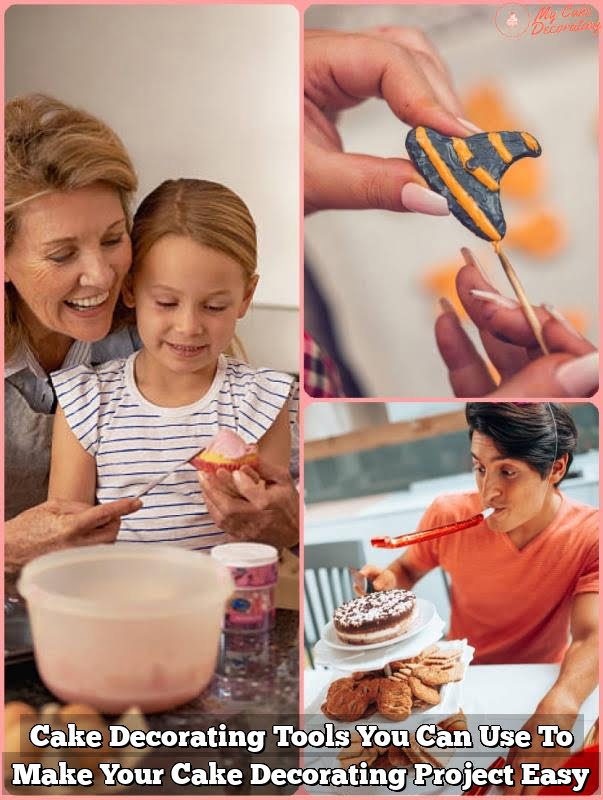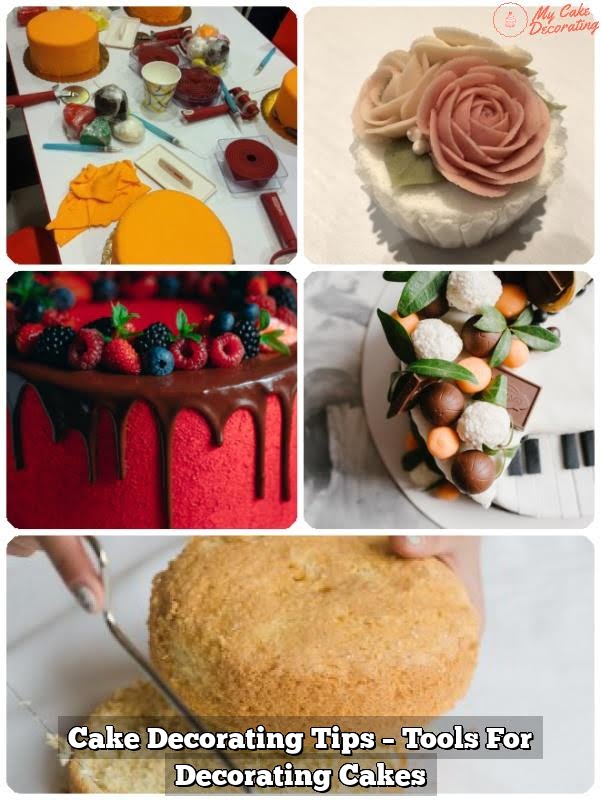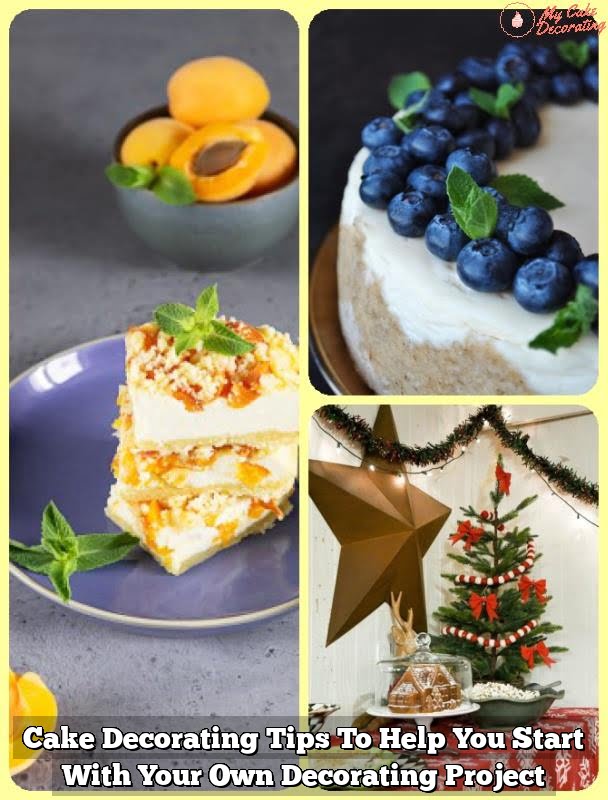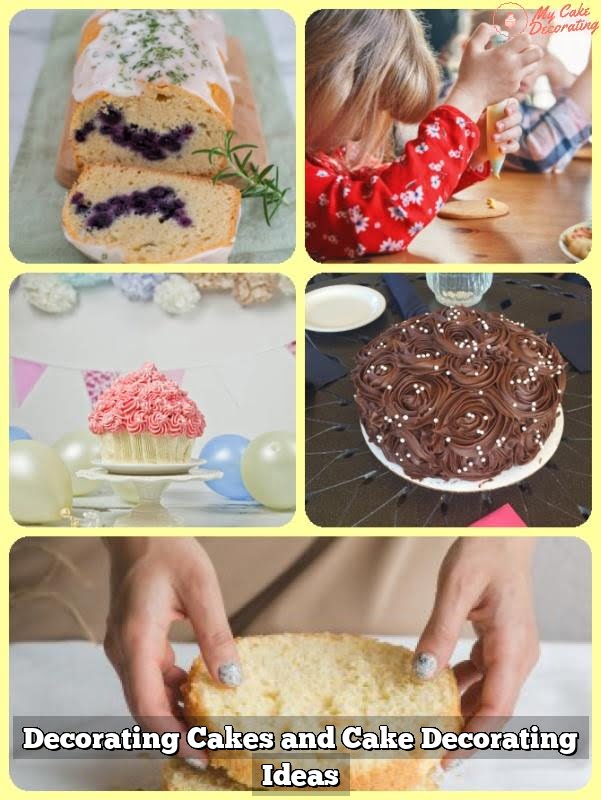Cake decorating is an essential aspect of baking that can elevate the overall look and appeal of a cake. The art of cake decorating has a rich history, with techniques evolving over time to create stunning and elaborate designs.
From traditional methods to modern trends, cake decorating has become a popular and creative outlet for many bakers and confectioners. In this article, we will explore the various elements used in cake decorating, from fondant to edible decorations, and provide tips and techniques for mastering this craft.
The importance of cake decorating cannot be understated, as it allows bakers to showcase their creativity and artistic flair. Whether for special occasions or everyday treats, a well-decorated cake can become the centerpiece of any gathering. Over the years, cake decorating has evolved from simple buttercream swirls to intricate fondant sculptures, reflecting the ever-changing tastes and preferences of consumers.
As we delve into the world of cake decorating, we will explore the use of fondant and buttercream as versatile mediums for creating unique designs. We will also discuss piping techniques and edible decorations that add texture and visual interest to cakes. Additionally, we will provide insights into essential tools and equipment used in cake decorating, along with current trends and valuable tips for successful decoration.
As we embark on this journey through the art of cake decorating, it is important to recognize its significance in not only enhancing the aesthetic appeal of a cake but also in providing a creative outlet for expression and innovation in baking. With a combination of history, techniques, and tips, we aim to provide readers with a comprehensive understanding of what is used for cake decorating and how it can elevate the art of baking.
Fondant
One of the most common types of fondant is rolled fondant, which has a dough-like consistency and is used to cover cakes completely. There is also pourable fondant, which is heated to liquid form and poured over the cake for a smooth finish. Both types can be flavored or colored as desired to match the theme or flavor of the cake being decorated.
When working with fondant, it’s important to ensure that the surface of the cake is smooth and level. This will help prevent any bumps or imperfections from showing through the fondant.
To adhere fondant to a cake, simply brush the surface with a thin layer of water or piping gel before applying the fondant. And if you want to add some dimension to your cake design, fondant can be easily shaped into flowers, bows, ribbons, or other decorative elements – making it an essential tool in every baker’s kit.
| Fondan | Data |
|---|---|
| Main Type | Rolled Fondan/Pourable Fondan |
| Adhesion | Brush surface with water/gel before applying |
Buttercream
Types of Buttercream
One of the most common types of buttercream is American buttercream, made with butter, powdered sugar, and vanilla extract. It has a sweet flavor and is easy to work with, making it ideal for beginners. Swiss meringue buttercream is another popular choice, made by whipping egg whites and sugar over a double boiler before adding softened butter. This type of buttercream has a light and airy texture, perfect for elegant designs.
Specific Uses in Cake Designs
Buttercream can be used for various cake decorating techniques such as covering cakes smoothly, creating textured finishes, piping intricate designs, and even making realistic-looking flowers. Its smooth consistency allows for easy application on cakes of all shapes and sizes. The versatility of buttercream makes it suitable for almost any style or theme – from simple birthday cakes to elaborate wedding cakes.
Tips for Working With Buttercream
When working with buttercream, it’s important to ensure that the frosting is at the right consistency. If it’s too stiff, it will be difficult to spread or pipe; if it’s too soft, it will not hold its shape. Additionally, using the right tools such as offset spatulas and piping bags with various tips can help achieve professional-looking finishes. With practice and attention to detail, decorators can create stunning designs using buttercream as their primary medium.
Overall, understanding the different types of buttercream and their specific uses in cake designing enables decorators to expand their creativity when working on their confections. Using this creamy medium provides an excellent base for incorporating other decorations such as fondant accents or edible flowers that enhance both aesthetics and flavors in cake decoration projects.
Piping Techniques
When it comes to cake decorating, piping techniques are essential for adding intricate and beautiful designs to a cake. From delicate rosettes to elegant borders and personalized writing, mastering piping techniques can elevate the overall look of any cake.
To get started with piping, you’ll need the right tools and materials. Here are some essential items you’ll need:
- Piping bags
- Decorating tips (various shapes and sizes)
- Couplers
- Icing or buttercream in various colors
Once you have your tools ready, it’s time to practice different piping techniques. Here’s a step-by-step guide for mastering rosettes:
- Fit a piping bag with a star-shaped tip.
- Fill the bag with your desired color of icing.
- Hold the piping bag at a 90-degree angle to the surface of the cake.
- Apply even pressure on the bag while moving your hand in a circular motion to create a spiral pattern.
- Release pressure on the bag before lifting it away from the cake to create a clean edge.
In addition to rosettes, there are various border designs that can add elegance to your cake. Some popular border styles include shell borders, ruffle borders, and zig-zag borders. For writing or lettering on cakes, using a small round tip can help achieve clean and precise lines.
Mastering these piping techniques may take some practice, but with patience and dedication, you can create stunning designs on your cakes that will leave everyone impressed.
Remember that proper icing consistency is crucial for successful piping, so be sure to adjust the thickness of your icing as needed for different techniques. With time and experience, you’ll become more confident in using piping techniques for all your cake decorating needs.
Edible Decorations
Edible flowers are a popular choice for cake decorators looking to add a touch of elegance and natural beauty to their creations. These delicate blooms come in a variety of colors and can be used to create stunning floral arrangements on cakes. When using edible flowers, it is important to ensure that they are free from pesticides and other chemicals, and are safe for consumption.
Sprinkles are another favorite among cake decorators, as they come in an array of shapes, colors, and sizes. Whether it’s adding a festive touch with rainbow sprinkles or creating a sophisticated look with metallic dragees, sprinkles offer versatility and can be easily mixed and matched to suit different themes and designs. Despite being small in size, sprinkles can make a big impact on the overall appearance of a cake.
Edible glitter has become increasingly popular in recent years for adding sparkle and shine to cakes. Made from ingredients that are safe for consumption, edible glitter comes in various forms such as dusts, flakes, and even gel-based products. When using edible glitter, decorators can achieve dazzling effects like metallic finishes or shimmering accents on their cakes.
Overall, incorporating these edible decorations into cake decorating allows for endless creativity and personalization. Whether it’s using real flowers for an elegant touch or playful sprinkles for a fun design, the possibilities are truly limitless.
| Edible Decorations | Description |
|---|---|
| Edible Flowers | Create stunning floral arrangements on cakes |
| Sprinkles | Come in various shapes, colors & sizes; offer versatility |
| Edible Glitter | Adds sparkle & shine; comes in various forms such as dusts & flakes |
Tools and Equipment
Cake decorating requires the use of specific tools and equipment to achieve professional-looking results. Whether you are a beginner or an experienced decorator, having the right tools can make all the difference in the final outcome of your cake design. Below is a comprehensive list of essential tools and equipment used in cake decorating, along with recommendations for both beginners and more advanced decorators.
Essential Tools and Equipment
- Piping bags: These are essential for piping buttercream, royal icing, and other decorative elements onto cakes.
- Decorating tips: Decorating tips come in various shapes and sizes and are used for creating different designs and textures on cakes.
- Fondant smoothers: These tools are crucial for achieving a smooth, professional finish when working with fondant.
- Offset spatula: An offset spatula is used for spreading and smoothing icing on cakes, as well as lifting delicate decorations onto the cake surface.
- Turntable: A turntable makes it easier to rotate the cake while decorating, allowing for smooth, consistent designs around the entire cake.
Recommendations
For beginners just starting out in cake decorating, it’s important to invest in a basic set of tools that include piping bags, a variety of decorating tips, an offset spatula, and a turntable. As you progress in your skills, you may want to consider investing in additional specialty tools such as flower nail sets for creating intricate buttercream flowers or airbrush kits for adding color gradients to your designs.
It’s also helpful to seek out quality tools from reputable brands that will last longer and produce better results.
Whether you’re just beginning your journey into cake decorating or have years of experience under your belt, having the right tools and equipment is essential for bringing your creative visions to life. Additionally.
Trends in Cake Decorating
Drip Cakes
Drip cakes have become increasingly popular in the world of cake decorating. The technique involves creating a dripping effect using ganache or colored chocolate, which adds a touch of elegance and whimsy to the overall design.
One way to incorporate this trend into cake designs is by using contrasting colors for the drips to create a visually striking effect. Additionally, adding edible flowers or metallic accents can enhance the look of drip cakes for special occasions such as weddings or birthdays.
Floral Arrangements
Floral arrangements on cakes have been a timeless trend that continues to evolve. Incorporating fresh or edible flowers onto cakes can elevate their aesthetic appeal and add a touch of natural beauty.
To incorporate this trend into cake designs, consider using seasonal blooms to complement the theme of the occasion, or opt for handcrafted sugar flowers for a more intricate and long-lasting display. It’s essential to ensure that any fresh flowers used are food-safe and free from pesticides.
Geode Cakes
Geode cakes have gained popularity for their stunning and unique appearance, inspired by natural geological formations. This trend involves creating an illusion of crystal formations within the cake using rock candy or isomalt. To incorporate this trend into cake designs, experiment with different color combinations and shapes to mimic realistic geodes. Additionally, complementing the geode design with metallic accents or edible gold leaf can enhance the overall visual impact of the cake.
Current trends in cake decorating offer a myriad of creative opportunities to elevate cake designs and cater to various preferences and themes. By incorporating these trends into their creations, decorators can stay current while showcasing their artistic skills and expertise in cake decorating.
Tips and Tricks
In conclusion, cake decorating plays a significant role in enhancing the visual appeal of cakes and has evolved over time to include various techniques and trends. Fondant is one popular material used for cake decorating, known for its smooth finish and versatility in creating intricate designs.
Buttercream, on the other hand, offers decorators a wide range of options for different cake designs and is favored for its creamy texture and ability to hold shape when piped. Piping techniques, such as rosettes and writing, are essential skills in cake decorating, allowing decorators to add personalized touches to their creations.
Edible decorations like flowers, sprinkles, and glitter are used to add vibrant colors and texture to cakes, elevating their aesthetic appeal. In addition to creativity and skill, the right tools and equipment are important in successful cake decorating – including piping bags, tips, smoothers, and more. Current trends in cake decorating continue to inspire new designs and styles, with drip cakes, floral arrangements, and geode cakes gaining popularity among decorators.
Lastly, valuable tips and tricks for successful cake decorating can make all the difference – from achieving proper icing consistency to mastering color mixing techniques. Storage of decorated cakes is also important to maintain their quality over time. Troubleshooting common decorating issues ensures that decorators can overcome challenges they may encounter during the process. With the right knowledge and skills at hand, anyone can create beautifully decorated cakes that not only look great but taste delicious too.

Welcome to my blog about home and family. This blog is a place where I will share my thoughts, ideas, and experiences related to these important topics. I am a stay-at-home mom with two young children. I hope you enjoy reading it! and may find some helpful tips and ideas that will make your home and family life even better!





